You want your cat to live a long, healthy, and happy life. Are you doing everything you can to ensure you cat is living her best life? Here are our top 10 tips for helping your cat live all 9 lives with the best quality of life.
#1 – Keep her inside
It used to be assumed that cats needed the opportunity to go outside to explore and hunt to be happy. Now, we know better. There are an infinite number of dangers outside, and there are plenty of ways to keep cats happy and safe inside. According to Paws:
“For cats, the great outdoors are anything but great. Whether they live in the city, in the suburbs, or in the country, outdoor cats face a multitude of risks. They are exposed to contagious diseases, most of which are fatal. Traffic takes a huge toll on free-roaming cats, and while many people believe their pets are street-wise, no cat looks both ways when being chased by another animal. Further dangers include poisons, leg-hold traps, pet theft, and inhumane treatment by cruel people.
The average life span of an outdoor cat is 2 to 3 years, whereas an indoor-only cat can live 15 to 20 years. Indoor cats are usually healthier, too, which saves on veterinary bills for treatment of contagious diseases, parasites, and abscesses from fights with other animals. While it is true that cats enjoy sunshine, fresh air, and exercise, they do not need to go outside to be satisfied. Some creative planning on the part of their human guardians can help indoor cats live fully.”
Transitioning a cat from enjoying some time outdoors to being an indoor-only cat can be difficult. Ultimately, though, it’s worth it for the well-being of your cat (not to mention local wildlife). If possible, do the transition during winter, when cats prefer warm spaces anyway. Gradually leave them inside for longer and longer periods while providing an interesting life indoors. Hopefully, your cat won’t be itching to run outside once spring hits.
Related: 8 Best Self Cleaning Litter Boxes for Cats
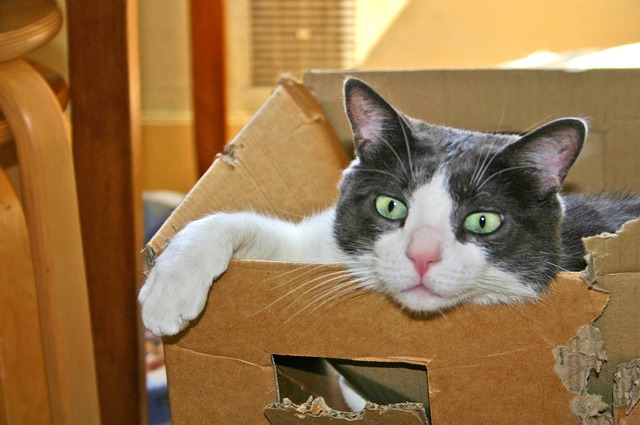
#2 – Keep her active
The biggest problem with indoor cats is that they tend not to get enough exercise and frequently wind up obese. Obesity can lead to a number of health issues that will impact your cat’s quality of life. While many people perceive cats to be lazy, the truth is often that they are bored. Luckily, there are plenty of ways to help keep your cat active.
Teaser toys, usually something dangling from a pole, allow you to play with your cat in an interactive way. They allow you to mimic the movement of prey and gives your cat the opportunity to “hunt.” Not all cats are into catnip, but some cats go crazy for it. Having a few catnip toys around, refreshed every few weeks with new catnip, can inspire your cat to play more. Some cats enjoy fetching. You can ramp up the activity level of a game of fetch by throwing a toy or ball down the stairs. Running up and down stairs is great exercise! Even if you don’t have stairs, a nice long game of fetch will help your cat get the exercise she needs. Some toys dangle from doorknobs, giving even lazy cats the opportunity to swat at a toy when home alone. Track ball toys allow your cat to swat at a ball that will never wind up lodged underneath furniture. Many cats go crazy for laser pointers, which can be just as much fun for you as they are for your cat. Watch them go crazy for a little red dot that they can never catch!
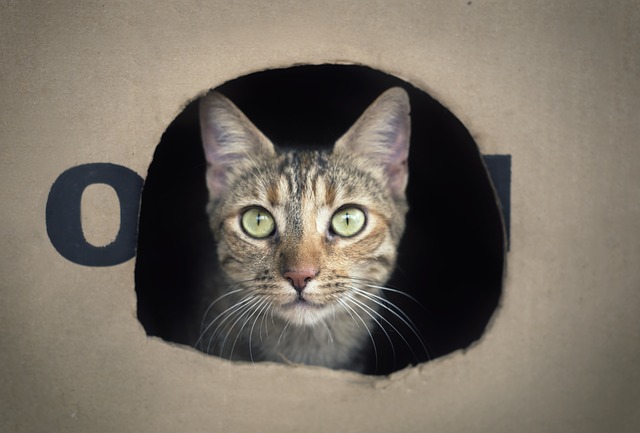
You don’t have to spend a lot of money on fancy cat toys to keep your cat entertained. Plenty of cats are more interested in the box that a toy comes in. A crinkled ball of paper or the cap of a milk jug can be just as entertaining. You should always supervise your cat with these types of non-traditional toys to make sure they aren’t chewing on something that’s unsafe for them to eat.
As you can see, there are plenty of ways to engage your cat’s prey drive and keep them happy, healthy, and active living life entirely indoors.
#3 – Provide a cat tree
Cats love vertical space. They love the opportunity to look down on the world, and a well-placed cat tree can also provide a great view through a window of the outside world, where they can watch wildlife without putting themselves or the wildlife in any danger. Very tall cat trees are perfect for homes with multiple cats, as each cat can have their own perch. There are also a variety of window perches that can be attached in front of, or even inside of a window (like an air conditioning unit), to help your cat enjoy the outdoors from the safety of your home.
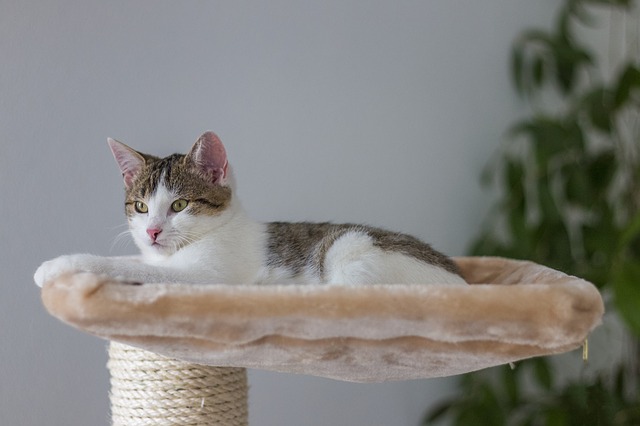
#4 – Litter box basics
The general rule of thumb is that you should have one more litter box than you have cats. Even if you only have one cat, you should provide 2 litter boxes, especially if you live in a home with multiple levels. (Do you enjoy running up or down a flight of stairs when you suddenly need to use the restroom?) Cats are very clean animals and may refuse to use a dirty litter box, so it’s imperative that you scoop the litter boxes every single day and change out the litter as often as needed to reduce the smell.
The location of the litter box is also extremely important. Cats are instinctively worried about being attacked, so a place that is too “hidden” may make your cat nervous. Even keeping the litter box in a tiny bathroom can make a cat uncomfortable. Try to keep litter boxes in large open areas, nowhere near your cat’s food and water sources. You probably don’t want to eat in your bathroom, and your cat doesn’t want to eat near her bathroom either.
Litter boxes should also be placed in relatively quiet areas. The noise of something like a washing machine or clothes dryer might stress out your cat enough for them to avoid using the litter box.
Related: The 11 Best Cat Litter Boxes for the Purrfect Potty Experience
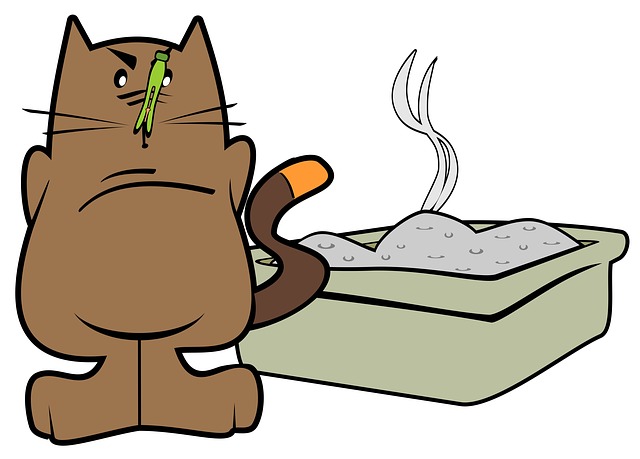
#5 – Rotate toys
You know how you rarely pay attention to the artwork or photos on your walls after they’ve been up for a while? They just sort of fade into the background of your mind. Your cat feels the same way about her toys. You should always keep a good portion of your cat’s toys in storage and rotate them out frequently to keep her interested and active. Even an old toy can seem new again when your cat hasn’t seen it in a while.
#6 – Pay close attention to her health
Cats are notorious for hiding their pain and discomfort, so you need to be a sleuth to determine the health of your cat. Litter box habits can be one way of determining your cat’s health. Has your cat suddenly stopped using the litter box? Are they using it more frequently than usual? Are they crying when they use it? Does anything about their urine or feces look different than usual? (This new litter can help alert you to many health problems.)
You should also pay attention to your cat’s eating habits and weight. Is she eating more or less than usual? Has she gained or lost a lot of weight? These can be signs that it’s time for a trip to the vet.
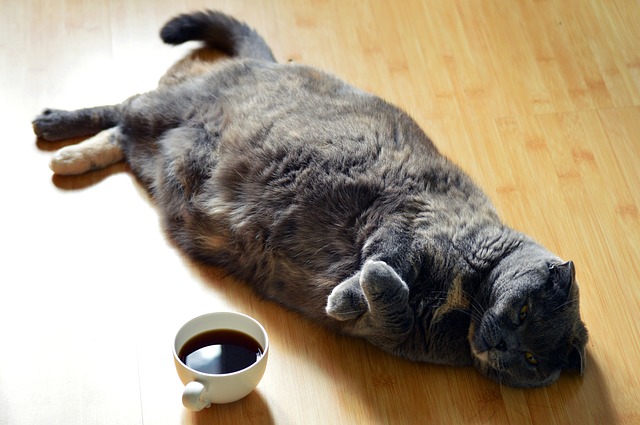
Grooming your cat regularly is also imperative to their continued good health. According to Pet Safe:
“Whether your cat has short or long fur, he will benefit greatly from regular brushing or combing. This helps remove the dead hair from his coat so he doesn’t ingest it while self-grooming. It also gives you the chance to notice any changes to his body. Irregularities such as lumps, bumps, or sore spots can then be investigated right away by your veterinarian.”
Included in your grooming routine with your cat should be keeping your cat’s eyes, ears, and teeth clean.
Spaying or neutering your cat is also an important part of keeping your cat healthy. According to VetStreet:
“Reproductive diseases can affect cats of both genders, both male and female. Spaying prevents uterine infections, ovarian cancers, and breast tumors in female cats, while neutering prevents testicular cancer and some prostate problems in males. The surgeries also reduce a male cat’s urge to roam and if done soon enough in his life, may eliminate his urge to spray to mark territory. The best benefit? Your cat won’t contribute to the pet overpopulation situation.”
Even if your cat seems healthy, yearly vet visits are recommended to help spot health problems before they become serious enough for your cat to show symptoms.
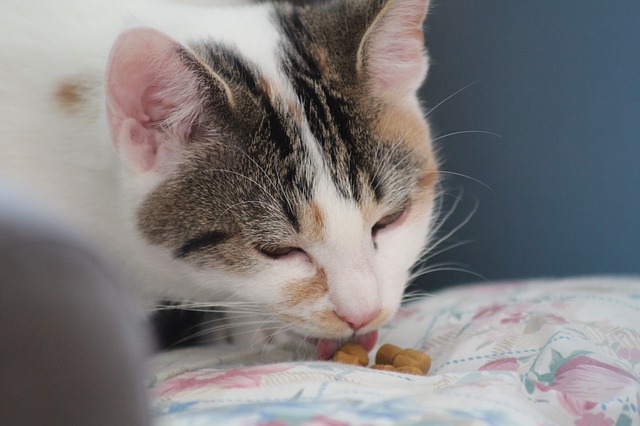
#7 – Carefully consider her diet
If you eat junk food every day, you are likely to suffer from a variety of health problems. The same goes for your cat – cheap food typically leads to a variety of health issues. Since cats notoriously avoid drinking enough water, feeding your cat dry kibble only may lead to a variety of problems including kidney stones and other kidney problems. Do your research and carefully decide what type of diet is best for your cat, budget, and lifestyle. It may be a combination of dry and wet foods, homecooked meals, or a raw diet. Not every diet is best for every cat or every family, but you should understand the pros and cons of every diet before settling on one for your fur child.
#8 – Make sure she drinks enough water
The ancestors of today’s domesticated cats got most of their water from the prey they ate, so many cats don’t have the instinct to drink from a bowl. Find out what type of water your cat prefers. They may prefer a fountain, a dripping faucet, or ice cubes in their bowl. As many as 1 in 3 cats will face kidney problems in their lifetime, so it’s crucial to find a way to encourage your cat to drink plenty of water.
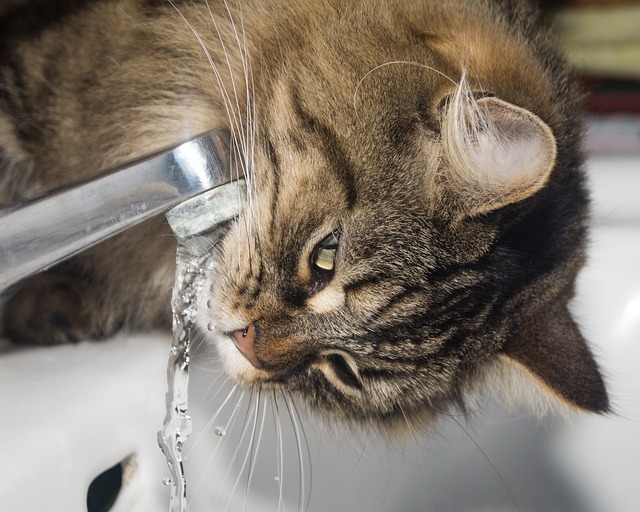
#9 – Consider a collar and/or microchip
Even the most well-behaved cat may take the opportunity to dash outside a door left carelessly open by a maintenance person, a child, or a screen door that doesn’t latch well. A collar with ID tags and preferably also a microchip will help reunite you with your beloved cat if the unthinkable happens and she escapes. Hopefully the tag and microchip won’t be needed, but if your cat escapes, it’s too late to wish you had already considered such an option.
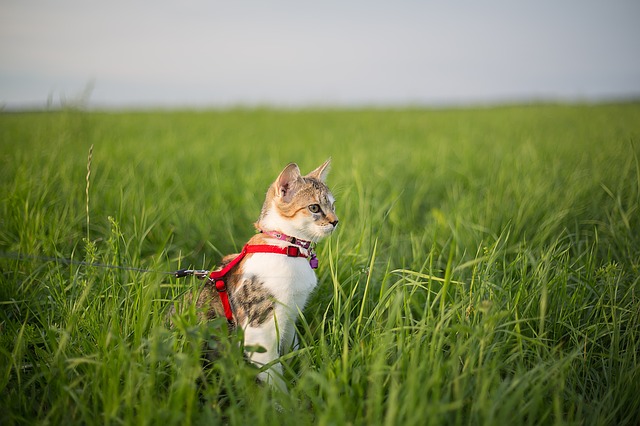
#10 – Provide safe options for outside fun
Catios are a popular trend for allowing your cat to experience the outdoors in a way that is safe for both your kitty and local wildlife. You can also train your cat to walk on a leash and harness if you live in a neighborhood where dogs aren’t known to roam off leash (always use a harness; never clip a leash directly to a cat’s collar). You can also bring in the outdoors in the form of cat-safe plants that your kitty can nibble on. According to VetStreet:
“Cats love nibbling on plants. Any decent feline reference book will provide a list of plants which should not be in a pet-friendly house. You can also visit the Animal Poison Control Center for information on dangerous plants.
After you get the unsafe ones out of the way, protect your decorative houseplants by hanging them up or otherwise placing them out of reach. Keep cats from digging in your decorative pots by putting a layer of small, rough stones over the dirt. You can then add a collection of accessible plants (such as grass shoots) for him to rub.”
(H/T: WebMD Pets, HSUS, VetStreet, Paws, Pet Safe)


